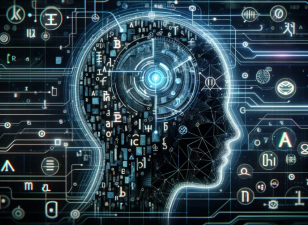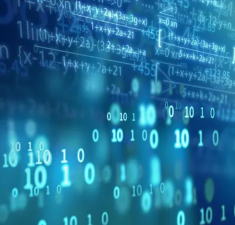Artificial Intelligence (AI) is a new technical science based on computer science, which is an interdisciplinary and emerging discipline that integrates multiple disciplines such as computers, psychology, and philosophy. It studies and develops theories, methods, technologies, and application systems for simulating, extending, and expanding human intelligence. It attempts to understand the essence of intelligence and produce a new intelligent machine that can respond in a similar way to human intelligence. Research in this field includes robots, language recognition, image recognition, natural language processing, and expert systems.
Artificial Intelligence (AI) is a new technical science based on computer science, which is an interdisciplinary and emerging discipline that integrates multiple disciplines such as computers, psychology, and philosophy. It studies and develops theories, methods, technologies, and application systems for simulating, extending, and expanding human intelligence. It attempts to understand the essence of intelligence and produce a new intelligent machine that can respond in a similar way to human intelligence. Research in this field includes robots, language recognition, image recognition, natural language processing, and expert systems.

Definition of Artificial Intelligence
Artificial intelligence, as the name suggests, is to make machines as intelligent as humans. The "intelligence" here is not a simple mechanical action, but refers to the ability of machines to perceive, think, learn, and make decisions like humans. Imagine that your sweeping robot can automatically identify the layout of the room, avoid obstacles, and adjust the cleaning mode according to different ground materials. This is a simple application of artificial intelligence in daily life. It is like giving machines a kind of "wisdom", making them no longer cold tools, but "intelligent entities" that can respond accordingly to the environment and tasks.
The origin and development of artificial intelligence
The history of artificial intelligence can be traced back to the 1940s and 1950s. Soon after the birth of computers, scientists began to think about a question: Can computers think like humans? Thus, the concept of artificial intelligence came into being. Early artificial intelligence research focused on some simple logical reasoning and problem solving, such as letting computers play chess. Although computers at that time were bulky, they were able to play against humans through some preset rules. However, due to the limited performance of computers at that time, the development of artificial intelligence was very slow.
In the 1980s and 1990s, with the rapid development of computer technology, artificial intelligence also ushered in new development opportunities. Expert systems began to appear. It is a program that simulates expert decision-making and can give professional advice in a specific field (such as medical diagnosis, weather forecasting, etc.). For example, doctors can input patients' symptoms and let expert systems help analyze possible diseases, which improves work efficiency to a certain extent.
In the 21st century, especially in the past decade, the development of artificial intelligence has been rapid. The emergence of big data, cloud computing and deep learning technology has given artificial intelligence more power. Big data provides a vast amount of information for machine learning, cloud computing provides strong support for computing, and deep learning is the key technology that enables machines to automatically extract features from data and learn patterns. Today, artificial intelligence has penetrated into every aspect of our lives, from voice assistants on smartphones to self-driving cars to smart home systems. It can be said that artificial intelligence is changing our way of life.

How artificial intelligence works
To understand how artificial intelligence works, we can use a simple example to illustrate. Suppose you are teaching a child to recognize animals. You will show him pictures of various animals and tell him that this is a cat, that is a dog, and this is an elephant... Through continuous observation and learning, the child will gradually be able to distinguish the characteristics of different animals, such as cats have pointed ears and long tails, dogs are relatively large, and elephants have long noses and big ears. The next time he sees a new animal picture, he can judge what animal it is based on the knowledge he has learned before.
The working process of artificial intelligence is very similar to this example. First, we need to provide the machine with a large amount of data, which is like a child's "teaching material". Then, through some complex algorithms (such as deep learning algorithms), the machine will automatically extract features and discover patterns from these data. For example, in the field of image recognition, the machine will learn what kind of pixel distribution and shape features cat pictures usually have. When the machine encounters a new image, it will make a judgment based on the previously learned knowledge to achieve the recognition function.

